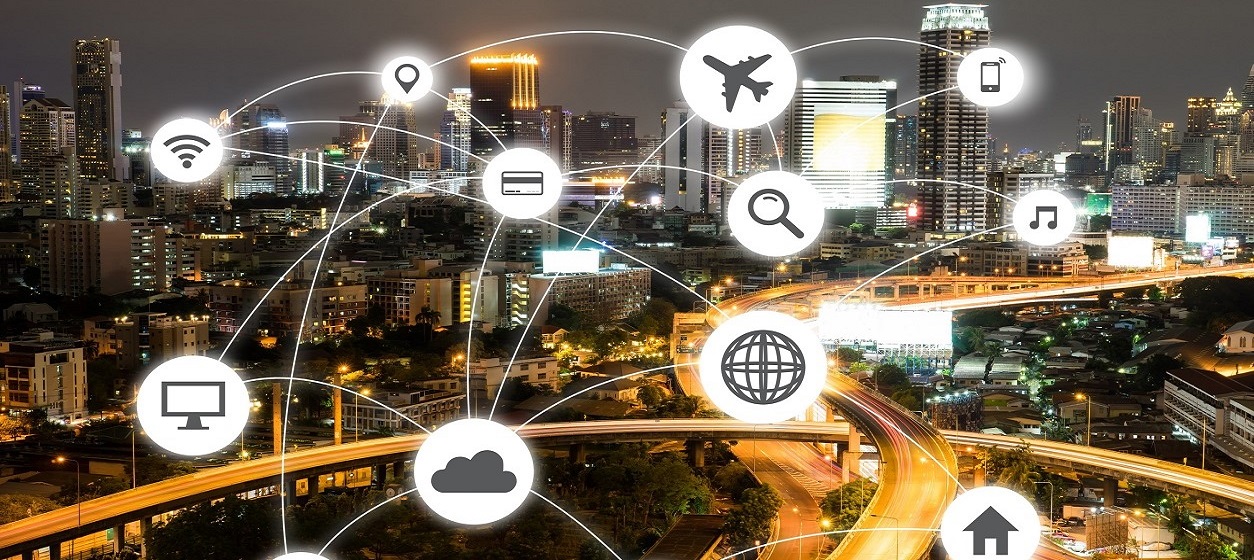Historically, the financial and insurance sectors have been quite conservative in becoming early adopters of innovative technologies. This is gradually changing during recent years, as a result of the wave of FinTech and Insurance Tech innovations, which are rapidly transforming both sectors based on advanced digital technologies such blockchain infrastructures, Artificial Intelligence (AI) and the Internet of Things (IoT). IoT is one of the primary disruptors in the Insurance Tech area, given that the proliferating number of internet-connected devices (e.g., smart sensors and smart actuators) are increasingly used in insurance applications towards enabling service personalization, real-time access to insurance claims information, increased accuracy in risk assessments, as well as usage-based insurance services. In the following paragraphs, we analyze some of the most tangible ways of transforming insurance services based on IoT data. Nevertheless, additional applications are likely to emerge as part of Insurance Tech innovation initiatives.
Usage-Based Vehicle Insurance
Most vehicle insurance programs are structured based on static or semi-static information about the vehicle and the driver, such as information about the monetary value of the vehicle, the age of the driver, the record of past accidents and more. The advent of IoT-based connected cars is gradually enabling a range of new programs that take into account vehicle data, notably data stemming from the vehicle’s OBD (On-Board Diagnostics) devices. Such data enables the assessment of the drivers’ behavior based on dynamic information such as acceleration, steering wheel movement patterns, driving speed, break patterns and more. Moreover, they enable the association of driving patterns with specific geographical areas, vehicle models, as well as vehicle maintenance information. Based on these data, conventional insurance processes will change towards the following directions:
- Implementation of pay-as-you-drive programs, which will charge the customer based on its actual driving behavior, rather than apriori static information.
- Provision of incentives for socially responsible driving behavior, notably behavior that minimizes pollution and reduces the possibility for accidents.
Despite the emergence of various pay-as-you-drive programs, there is still significant work to be done prior to making this model mainstream. In particular, information should be derived and processed in a reliable way, while novel business models and risk assessment models will need to be established as well.
Health Insurance Risk Assessment with Real World Data
Similar to the vehicle insurance case, the IoT paradigm can serve as a basis for pay-as-you-go health insurance programs. The latter can be established based on the collection of vast amounts of IoT data for the customer’s daily activity and behavior, based on IoT devices such as smartwatches, Fitbit, activity trackers and a variety of medical devices. These data can be processed and used for health risk assessment, as health risks depend on a human’s daily activities, which can be combined with other parameters such as medical history and nutrition habits. As a result, IoT systems will enable insurance enterprises to:
- Change their methodologies for calculating insurance premiums, as a means of taking into account the customers’ daily activities.
- Provide incentives for customers to adopt a healthier lifestyle, given that the latter will lead to a reduction in their health insurance costs.
- Enable usage-based insurance, based on the dynamic calculation of insurance’s fees taking into account real-world data.
Nevertheless, one of the challenges of IoT-based applications for healthcare insurance relates to the need for protecting the personal data that are collected by customers. To this end, an effective management of informed consent processes for all customers that participate in pay-as-you-go programs will be essential.
Data-Driven Property Insurance Processes
Pay-as-you-go and usage-based insurance processes can be also established for property insurance. In this case, data from in-home sensors and other smart home devices can be used. The processing of such data could facilitate a more accurate assessment of risks associated with fire and damage of the property. This assessment will be subsequently reflected on a more personalized pricing for each property and customer, which will be connected to the probabilities of various adverse circumstances and events.
Beyond smart homes data, data-driven property insurance processes can take into account additional IoT-based data sources such as weather and earth observation data. The latter won’t add much value in home insurance calculations. However, they are particularly important for calculating risks and premiums associated with the insurance of large farms. This is likely to disrupt agro-insurance in the years to come, as insurance companies are nowadays reluctant to provide cost-effective insurance options to farmers, simply because they lack adequately informed about the exposure of the farm to potential damage.
IoT in Insurance Claims Management
Recently, insurance companies are also considering the use of AI and BigData analytics technologies towards automating insurance claim management properties. For instance, chatbots are expected to automate reporting about damage context, classification of incidents and other relevant documentation. Chatbots enable faster reporting and documentation of a claim when compared to conventional means such as insurance agents and call centers. As another example, BigData analytics are used to scan and review the claim for completeness and potential fraud, which provides the means for more timely and accurate detection of fraudulent claims.
These functionalities can be complemented with IoT-based data, such as multimedia (i.e. images and video) about a car accident or any similar event linked with the claim. Multimedia information could be automatically analyzed in order to facilitate the implementation of an initial claim’s auditing level. The latter can enable faster completion of claims processing, as well as fraud resolution at the first place where applicable. Overall, the analysis of IoT-based multimedia data can boost the cost-effectiveness of the claims management process, by reducing the human resources needed, increasing accuracy and timeliness, as well as through enhancing customer experience.
It will certainly take several years before the above-listed applications become mainstream. However, the applications are certainly promising. One of the main challenges will certainly have to do with the business model for selling some of these services, given that they are destined to reduce insurances fees for customers who will get enlisted on the relevant programs. Certainly, it’s interesting times for the insurance sector!










